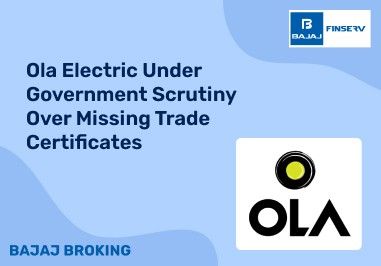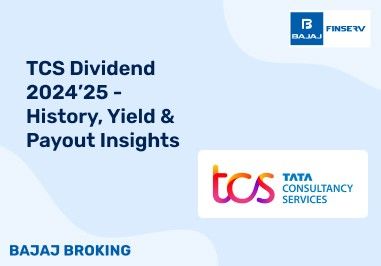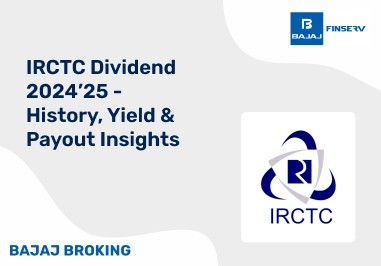BAJAJ BROKING
Tankup Engineers IPO is Open!
Open a Free Demat Account
Trade Now, Pay Later with up to 4x
Track Market Movers Instantly
Distinguishing Between FERA and FEMA: An Overview
Following India’s struggle for independence and the subsequent formation of the Indian Parliament, numerous regulatory acts were implemented to harmonise various sectors. One crucial area demanding significant government focus was the Foreign Exchange System. In response, the Foreign Exchange Regulation Act of 1973 was introduced to standardise this system. However, in 1999, due to specific reasons, the Foreign Exchange Regulation Act was replaced by the Foreign Exchange Management Act. In this blog, we will delve into the FERA vs. FEMA debate, exploring their distinctions and their respective contributions to the Indian ecosystem. FERA and FEMA are two significant pieces of legislation in India that deal with foreign exchange and its management. Let’s delve into the differences between these two acts.
Understanding FERA
FERA stands for the Foreign Exchange Regulation Act, was introduced with the primary aim of facilitating and simplifying the foreign exchange system in India. This regulatory act had several key objectives, including:Regulating foreign exchange and securities transactions.Controlling the import and export of currencies.Managing transactions that indirectly affected foreign exchange.However, as India’s economic growth was hindered by the rigid regulations of FERA, this act was eventually abolished and replaced by FEMA.
Key Highlights of FEMA
- Enactment: The Foreign Exchange Regulation Act was passed by the Indian Parliament in 1973.
- Objective: FERA aimed to regulate foreign payments, currency import/export, securities, and the purchase of fixed assets by foreigners.
- Context: It was introduced when India’s foreign exchange reserves were low.
- Focus: Conservation of foreign exchange was the primary goal.
Understanding FEMA
FEMA, or the Foreign Exchange Management Act, took the reins in 1999, succeeding FERA, with the aim of bolstering India’s foreign exchange framework and administration.
Comprising 49 sections, FEMA embarked on a journey that involved:
1. Establishing an organised framework for managing foreign exchange in India.
2. Instituting transparent guidelines and regulations to govern the foreign exchange market.
3. Streamlining external trade and payments with a clear and systematic approach.
4. Introducing a precise legal structure to oversee legal proceedings.
Key Highlights of FERA
- Enactment: The Foreign Exchange Management Act replaced FERA in 1999.
- Objective: FEMA facilitates external trade, payments, and orderly management of the forex market in India.
- Context: Introduced when India’s foreign exchange position was satisfactory.
- Focus: Promoting foreign payments, trade, and increasing forex reserves.
Key Differences Between FERA and FEMA
| Aspect | FERA | FEMA |
| Enactment | 1973 | 1999 |
| Effective Date | January 1, 1974 | June 2000 |
| Repealed | Yes (by Vajpayee Government in 1998) | No |
| Sections | 81 | 49 |
| Notion about Forex | Scarce resource | Asset |
| Authorised Person | Narrow definition | Widened definition (includes banks) |
| Residential Status | Citizenship + stay >6 months in India | No specific duration; broader definition |
| Violation | Criminal offence | Civil offence |
| Legal Help for Accused | Not provided | Provided |
| Tribunal/Appellate Body | Appeals sent to High Courts | Special Director (Appeals) and Tribunal |
Conclusion
In summary, while FERA focused on conserving foreign exchange as a scarce resource, FEMA aims to manage it as an asset. The transition from FERA to FEMA marked a shift towards a more flexible approach, encouraging foreign trade and promoting economic growth.
FERA and FEMA shared the common goal of improving foreign exchange management, but FERA was notably stricter, prompting its replacement for the greater good of the economy.
Following the transition to FEMA, India adopted a more liberal foreign exchange framework, with the act providing clear objectives and contributing to the desired economic growth.
Share this article:
Read More Blogs
Disclaimer :
The information on this website is provided on "AS IS" basis. Bajaj Broking (BFSL) does not warrant the accuracy of the information given herein, either expressly or impliedly, for any particular purpose and expressly disclaims any warranties of merchantability or suitability for any particular purpose. While BFSL strives to ensure accuracy, it does not guarantee the completeness, reliability, or timeliness of the information. Users are advised to independently verify details and stay updated with any changes.
The information provided on this website is for general informational purposes only and is subject to change without prior notice. BFSL shall not be responsible for any consequences arising from reliance on the information provided herein and shall not be held responsible for all or any actions that may subsequently result in any loss, damage and or liability. Interest rates, fees, and charges etc., are revised from time to time, for the latest details please refer to our Pricing page.
Neither the information, nor any opinion contained in this website constitutes a solicitation or offer by BFSL or its affiliates to buy or sell any securities, futures, options or other financial instruments or provide any investment advice or service.
BFSL is acting as distributor for non-broking products/ services such as IPO, Mutual Fund, Insurance, PMS, and NPS. These are not Exchange Traded Products. For more details on risk factors, terms and conditions please read the sales brochure carefully before investing.
Investments in the securities market are subject to market risk, read all related documents carefully before investing. This content is for educational purposes only. Securities quoted are exemplary and not recommendatory.
For more disclaimer, check here : https://www.bajajbroking.in/disclaimer
Our Secure Trading Platforms
Level up your stock market experience: Download the Bajaj Broking App for effortless investing and trading













